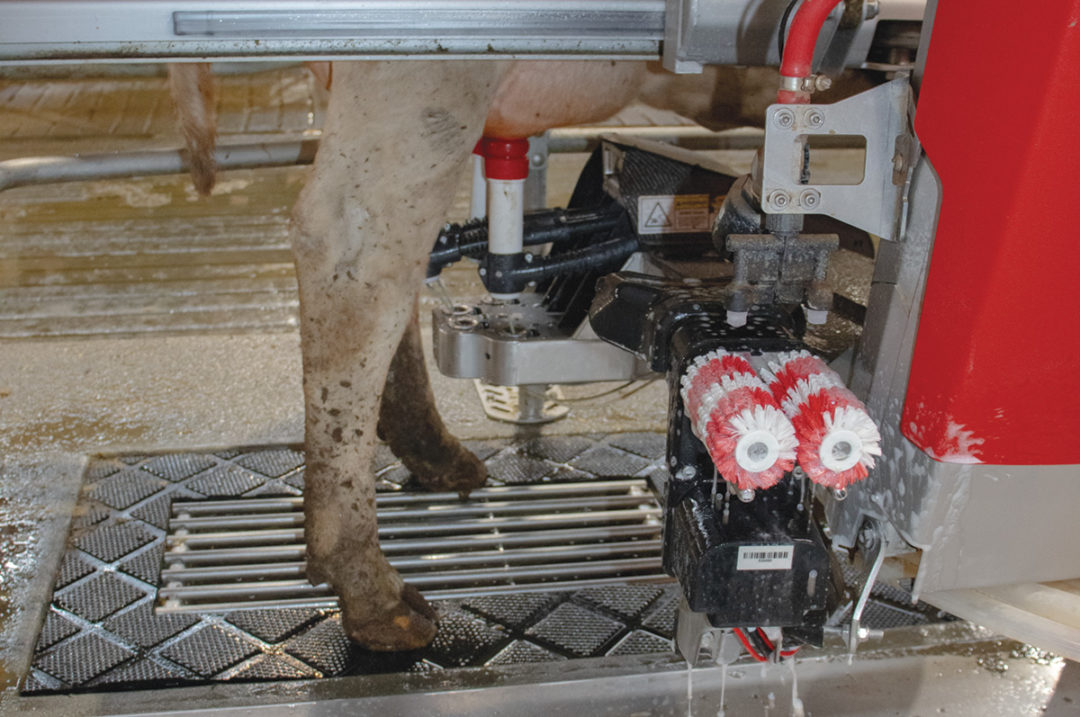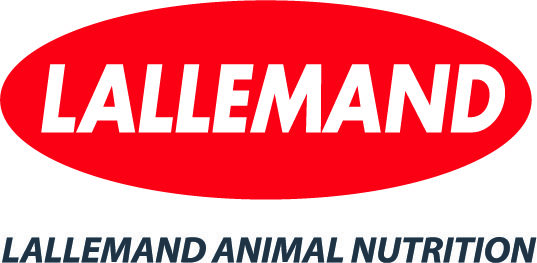Robotic dairy systems have been available to the public for nearly three decades. In that time, numerous manufacturers have entered the industry, providing consumers with a variety of robotic solutions for milking, feeding and even manure management. As the industry and technology matured and evolved, a market for used dairy robots emerged, much as it did with traditional farm equipment. Producers evaluating the implementation of used dairy robots, however, should be aware of considerations beyond what is typically involved in a piece of traditional equipment such as a tractor or feed mixer.
How mature is the used robot market?
Much like any other piece of equipment requiring a large upfront investment, the demand for used dairy robots began shortly after their introduction 30 years ago. Encouraged by efficiency gains, the ability to redirect labor usage and, frequently, yield increases, many producers are interested in a quality used product to capitalize on these benefits at a discounted price.
Used robots saw an initial surge in the early 2000s, primarily in Europe, where dairy robots were first introduced and adoption rates were highest globally. Depending on the region, upwards of 30% to 50% of European robot sales are used equipment. This growth is spreading to North American markets, where utilization of used robots currently sits around an estimated 10%.
Where can you buy a used dairy robot?
In North America, consumers typically use third-party marketplace websites in their search, including well-known outlets such as eBay and Facebook, in addition to marketplaces that specialize in farm equipment. The present exception is one major manufacturer promoting used equipment through an online dealer network platform in the U.S. and Canada, where adoption rates and demand are growing fastest outside of Europe. Additionally, local independent dealers of major manufacturers may also offer a periodic selection of used robots.
Why used?
It is no surprise the number one type of consumer delving into used robots is primarily cost-conscious, while also seeking the other efficiency gains and labor reductions offered by robotic dairy systems. Producers buying used have already done their research and made the decision to switch to robotics.
The difference between new and used pricing is usually not dramatic enough to entice producers who are just looking to try out robots into a purchase. The discount level commonly relates to the level of refurbishment performed on the robot prior to sale. For example, a milking robot that has been refurbished to a nearly factory-new condition might sell close to the original price or as much as 35% off, depending on several factors including age, model and usage levels. A milking robot being sold as-is without any refurbishment could potentially carry a discount of as much as 50% to 75%. However, this varies significantly from unit to unit and is based on market demand. In the U.S., refurbishment of dairy robots is normally handled by independent dealers that also sell new products.
This consumer might also be the type who exclusively buys used tractors, for example, based on financial investment and depreciation. Lenders will sometimes offer financing for used robots as well, weighing their potential business impact against a price below retail. Effectively, used equipment is an opportunity for an interested producer to enter robotic milking at a lower price point and buy new later if the realized benefits are significant enough.
What you should know when buying used robots
When considering used robots, there are a number of variables to keep in mind to maximize the technological and financial investment without putting the farm business at risk. Naturally, the performance and reliability of used robots can vary greatly. However, there are some best practices to ensure the experience of used robotics goes smoothly.
Which generation of robot?
With dairy robots on the market for nearly three decades, some manufacturers have released multiple generations of products. Differences may include new features or functions, a different footprint in the barn or even software compatibility. Most milking and feeding robots are accompanied by a software package that delivers valuable performance data to the producer. An older generation robot may not be compatible with newer software, whereas a current generation robot should be compatible with software updates for years to come. Looking at the hardware and software features available on a given generation of robot is a great way to begin choosing used equipment.
Maintenance and service agreements
Used robots still require regular care and maintenance, just like a new model. The ability to secure parts and consumables for used equipment is a key component of securing one’s investment. Federal law in the U.S. requires equipment manufacturers to make replacement parts and whole units available for a certain period of time after they have been discontinued. However, it is at the manufacturer’s discretion as to whether they continue offering hardware or software support after that date. Some dealers may offer service agreements for used equipment depending on model, age, condition and more.
Strong relationship with a reliable dealer
Ultimately, a healthy, candid relationship with the dealer can be among the most important aspects when purchasing used robots. They will be the ones to offer guidance on installation and operation and potentially be the ones supplying consumables and replacement parts. Effectively, they are a farmer’s partner in robotics. Due diligence is encouraged to ensure the dealer has a track record of successful installations and satisfied customers as well as a knowledgeable, responsive staff.
Are robots for you?
Producers interested in adding the benefits of robotic dairy systems to their operation can do so at reduced cost by buying used. In this case, protecting the investment in equipment warrants thorough research and a strong relationship with the seller.





